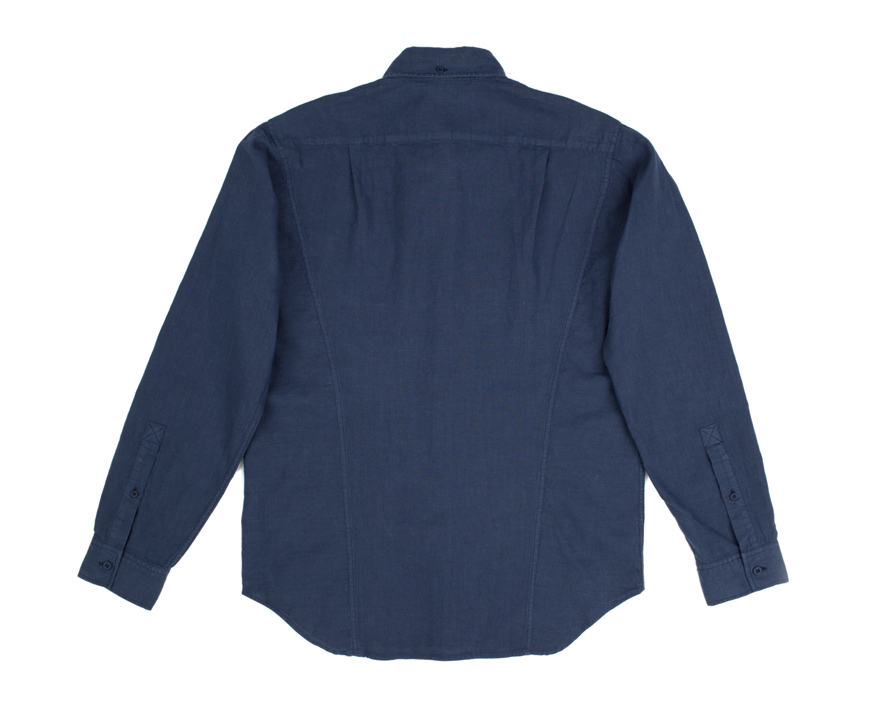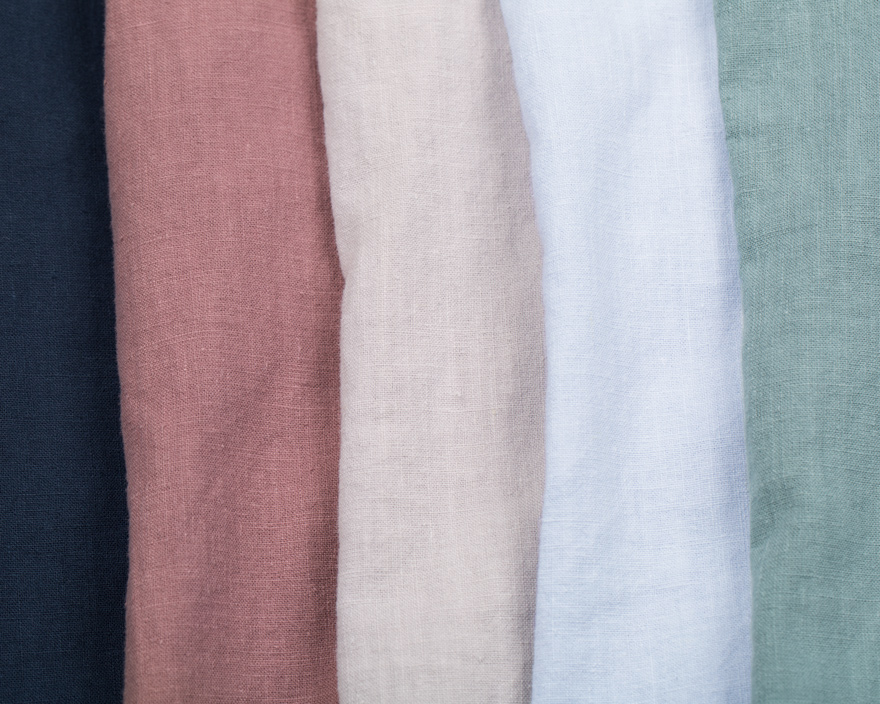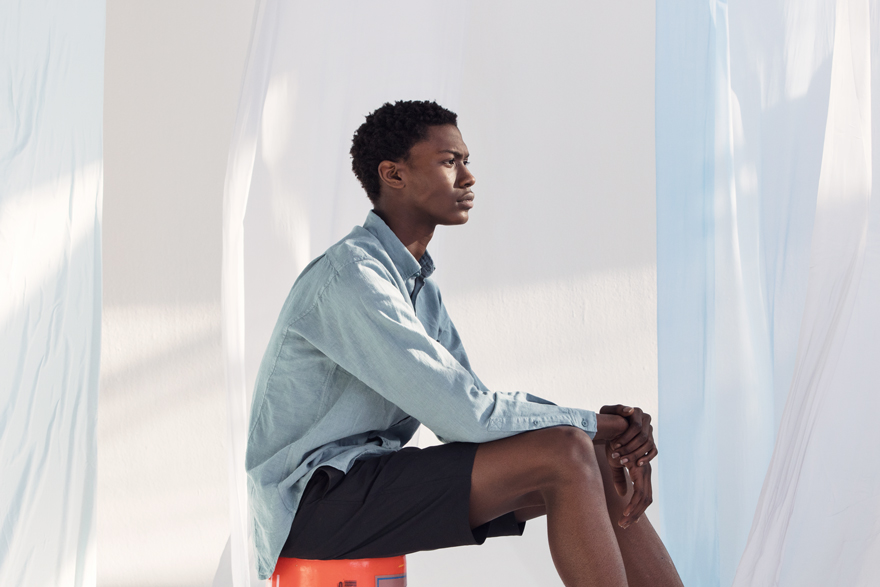Additional Information
- Story
- To be frank we don't 100% understand what makes ramie so damn good in the
hot and humid weather, but the stuff is like magic and we are going to keep
on using it whether we understand it or not. And of course we're going to
keep trying to understand that magic too, as the more we know, the better we
can make our products.
Ramie is quite possibly the world's oldest fiber, a nettle plant native to Southeastern Asia, the stalks of which can be processed into a fiber quite similar to linen. Like linen it can absorb large amounts of moisture while retaining a dry hand feel. They both have very flat surfaces that allow water to travel quickly across the surface via capillary action, and since water is quite thermally conductive for a liquid, the faster it moves away from the body, the quicker it pulls heat away with it. Finally, like linen, ramie is a rather stiff fiber which means it can retain a very open structure which allows for superior air flow and breathability. It also means they both start out rather stiff but break in to a beautiful softness over time if cared for properly. (Avoid top loading washing machines!) The garment dyed process we use on these shirts both jump starts the break in process and gives the shirts a beautiful and rich depth of color.
The details on how ramie and linen are different are a bit scarce but we have our theories. They come from two different plants, from two very different parts of the world and ramie is more expensive to process as it requires a degumming process. Function wise though the key seems to be in how much they insulate. Linen somewhat contradictorily is a heat insulator due to its hollow fibers. In light weight uses it's barely noticeable, the cooling properties outweigh the insulation, but the more linen you use, the hotter it gets. Ramie in contrast cools better the more you use, the more fiber the more moisture gets absorbed and the more heat gets pulled away from the body. Both our Ramielust T-Shirts and Northern Ramie Pivots are 100% ramie fabrics that clock in at weights way heavier than generally used for warm weather clothing, yet wear far cooler than just about anything else. Maybe it's magic, maybe it's science, but either way we know that we can't get enough of this stuff as the temperature and humidity start rising together.
It's worth noting that the key here is hot AND humid. In hot and dry climates we recommend a lighter shirt like our Breezy Linen Pivots. For cold and humid this stuff is actually dangerous, you don't want a shirt that pulls heat away from you in the cold! But when it's both hot and humid out nothing beats the ramie. - Fabric
- To be frank we don't 100% understand what makes ramie so damn good in the
hot and humid weather, but the stuff is like magic and we are going to keep
on using it whether we understand it or not. And of course we're going to
keep trying to understand that magic too, as the more we know about our
fabrics, the better our products become.
Ramie is quite possibly the world's oldest fiber, a nettle plant native to Southeastern Asia, the stalks of which can be processed into a fiber quite similar to linen. Like linen it can absorb large amounts of moisture while retaining a dry hand feel. They both have very flat surfaces that allow water to travel quickly across the surface via capillary action making it cool to the touch and quick to dry. Finally, like linen, ramie is a rather stiff fiber which means it can retain a very open structure which allows for superior air flow and breathability. It also means they both start out rather stiff but break in to a beautiful softness over time if cared for properly. (Avoid top loading washing machines!)
The details on how ramie and linen are different are a bit scarce but we have our theories. They come from two different plants, from two very different parts of the world and ramie is more complicated to process as it requires a degumming process. Ramie also tends to come in shorter staple lengths than linen, which allows it to be spun more like cotton creating somewhat more pliable fabrics. What we don’t quite understand is just why ramie wears so much cooler than linen. Our best guess is that ramie insulates much less than linen, which is hollow inside. With linen heavier fabric can get quite hot, but with ramie using more material barely makes it hotter, but it does allow things to get substantially drier as the ramie sucks up moisture from the air. Both our Ramielust T-Shirts and Northern Ramie Pivots are 100% ramie fabrics that clock in at weights way heavier than generally used for warm weather clothing, yet wear far cooler than just about anything else. Maybe it's magic, maybe it's science, but either way we know that we can't get enough of this stuff as the temperature and humidity start rising together.
It's worth noting that the key here is hot AND humid. In hot and dry climates we recommend a lighter material like our Ramielight or Dreamweight fabrics. For cold and humid this stuff is actually dangerous—you don't want a shirt that pulls heat away from you in the cold! But when it's both hot and humid out, nothing beats ramie. - Details
-
- Northern Ramie Pivot
- 100% Ramienorth
- 200gsm
- Woven in China
- Button down collar
- Catch Front Pocket
- Pivot Sleeve
- Garment Dyed
- Custom Italian Mombasa buttons
- Fits true to size
- Machine wash warm, dry flat
- Made in Portugal with Chinese fabric
- Northern Ramie Pivot
- Sizing
- Fits true to size. Due to the garment dyed aspect of this fabric, expect
subtle variations from the listed measurements.
Please refer to the table below for garment's exact measurements.
 Garment measurements in inches
Garment measurements in inchesSize XS S M L XL XXL Shoulder 17 17.5 18 18.5 19 19.5 Length high shoulder to bottom 28.75 29.38 30 30.63 31.25 31.88 Sleeve length Center Back to Sleeve Opening 33.5 34 34.5 35 35.5 36 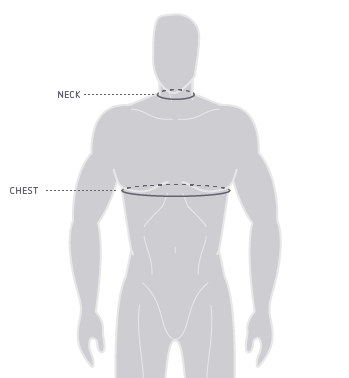 Body measurements in inches
Body measurements in inchesSize XS S M L XL XXL Neck 14.5 15 15.5 16 16.5 17 Chest 34 36 38 40 42 44 - Colors
-

GD Navy

GD Teal
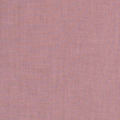
GD Acai

GD Light Blue

GD Refraction


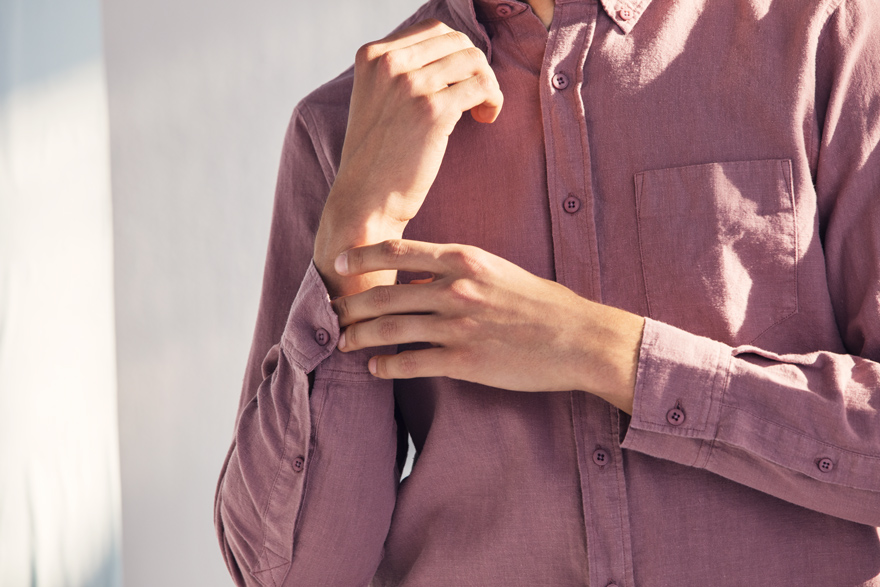
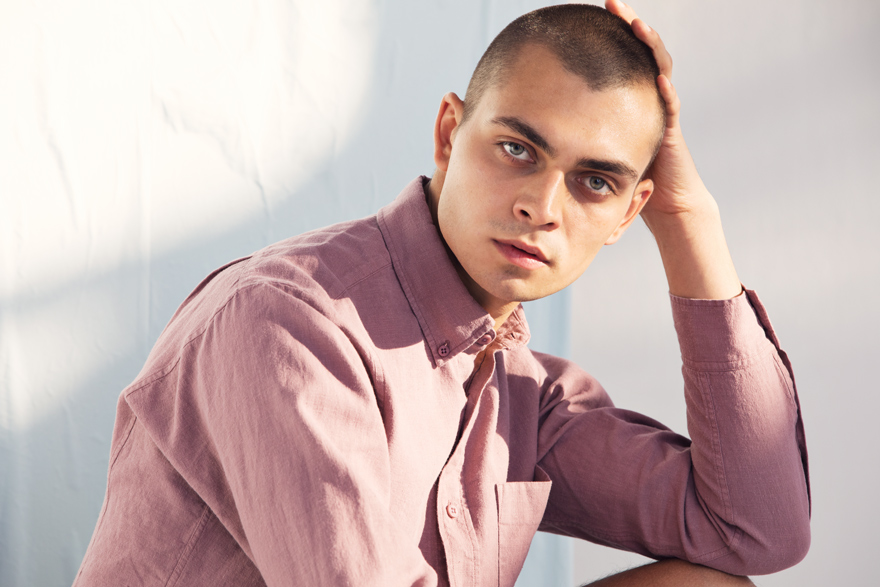
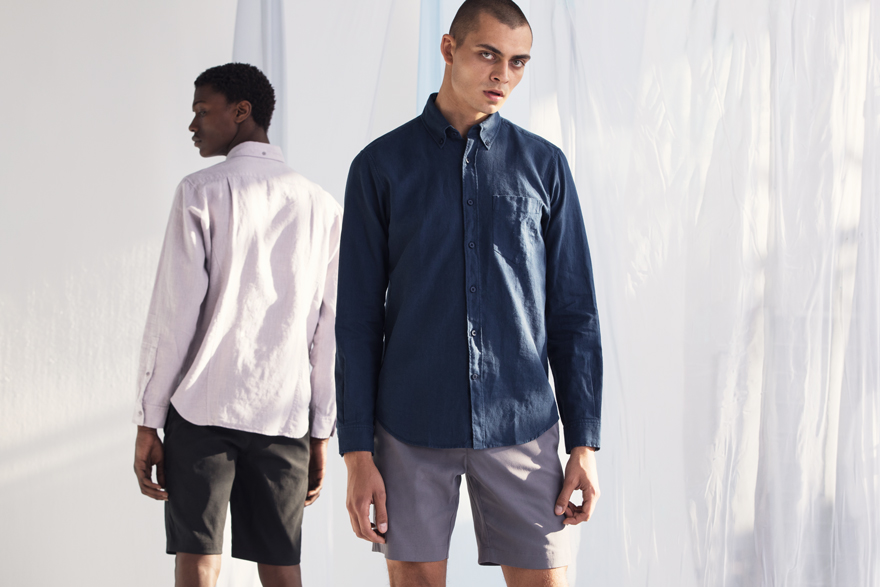

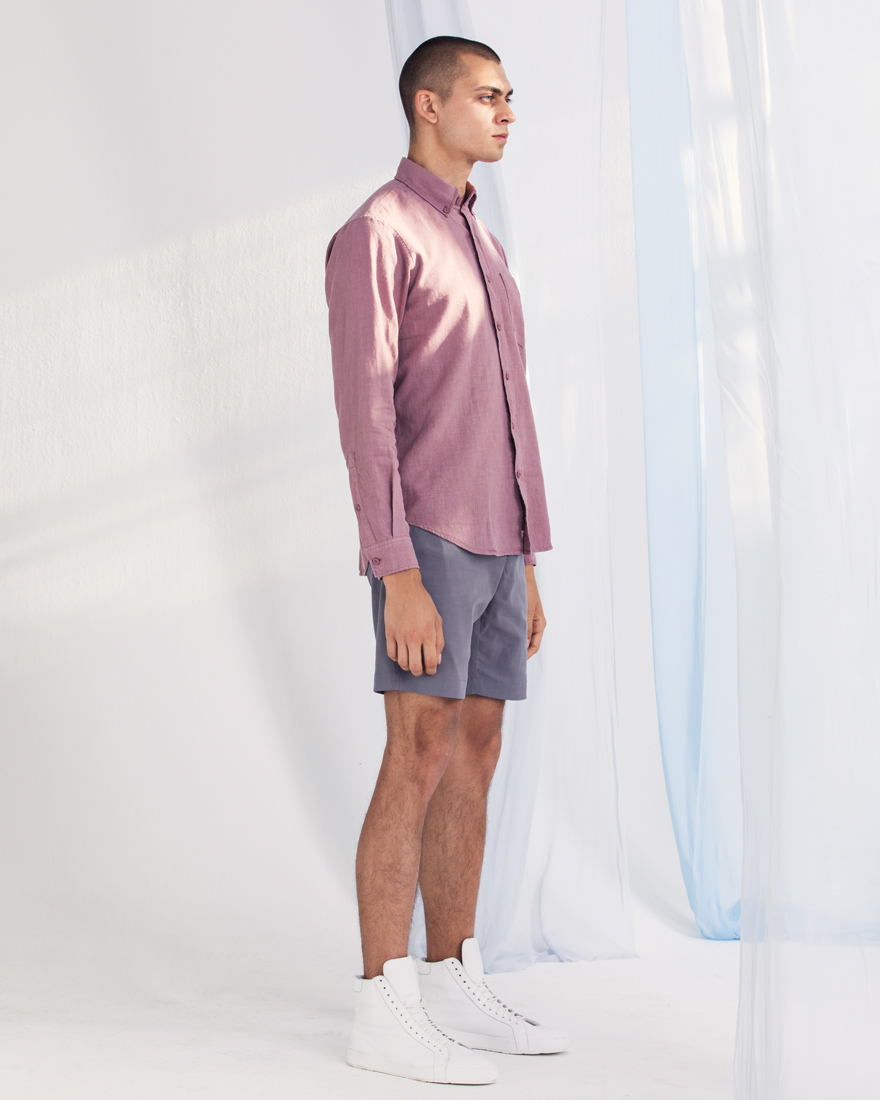
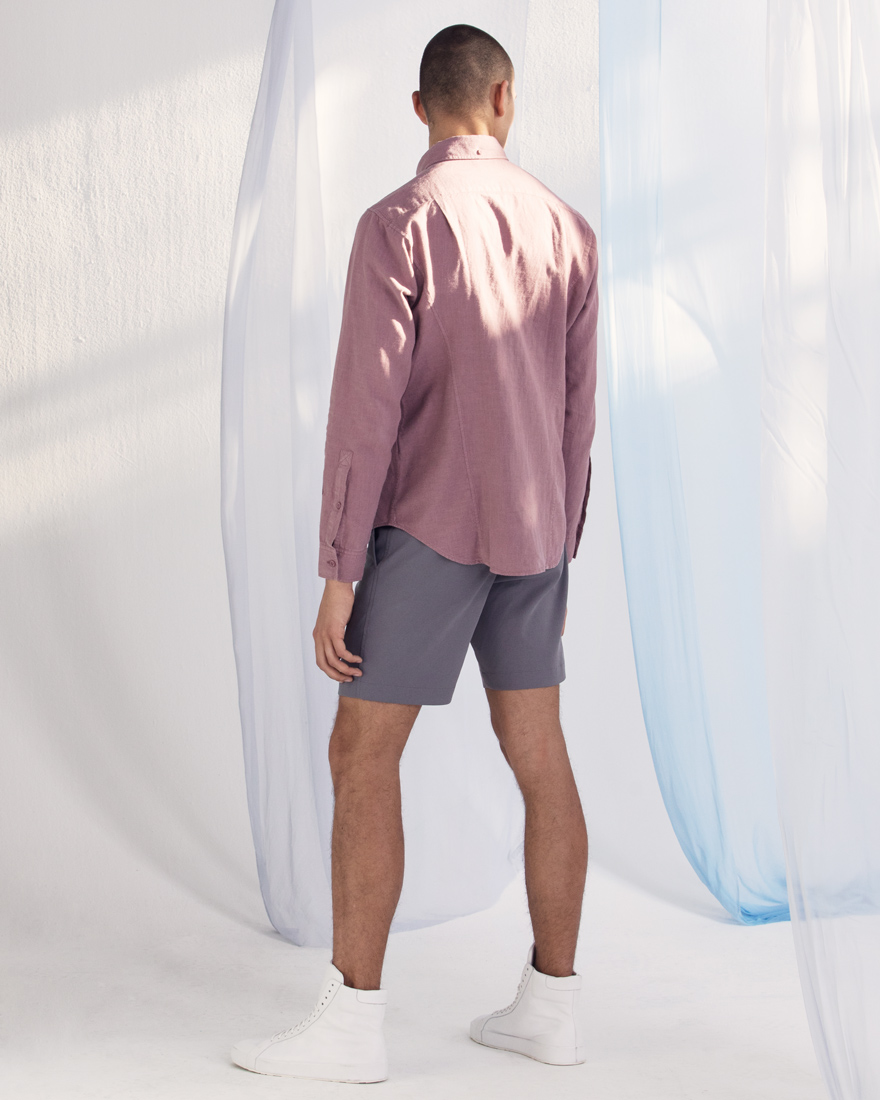
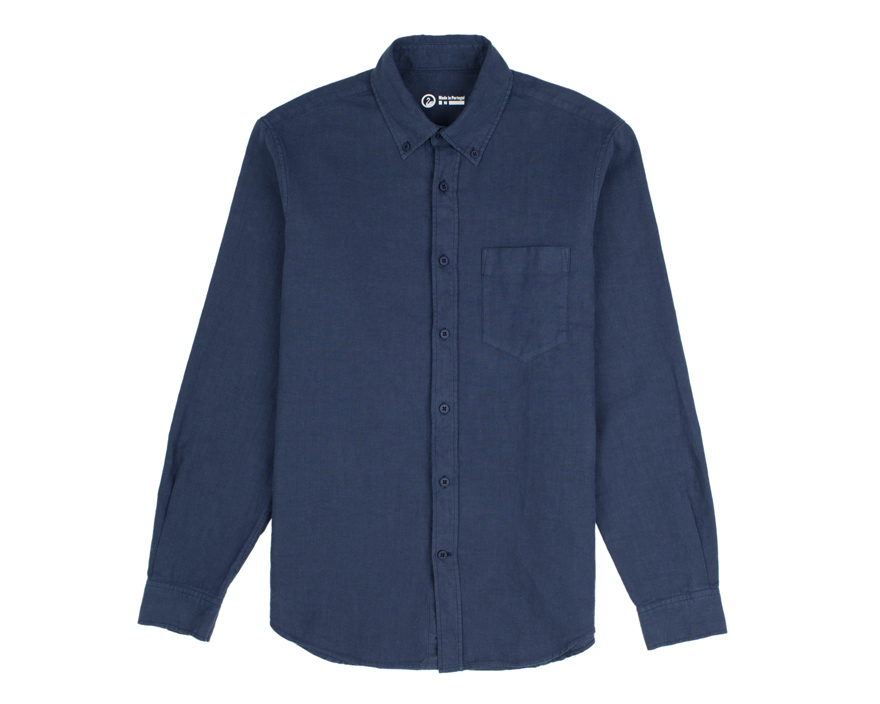
 GD Teal
GD Teal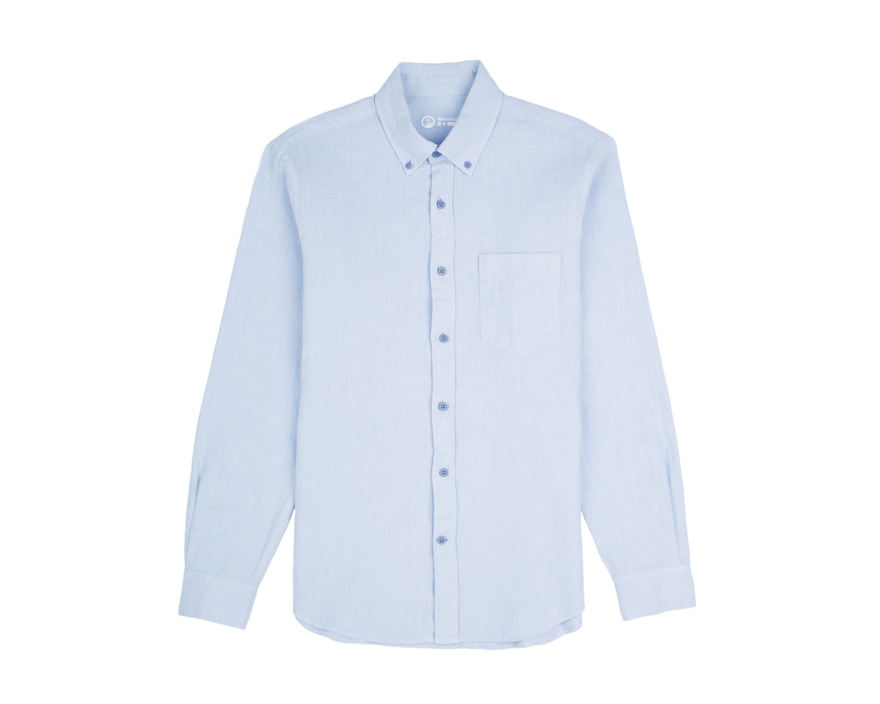 GD Light Blue
GD Light Blue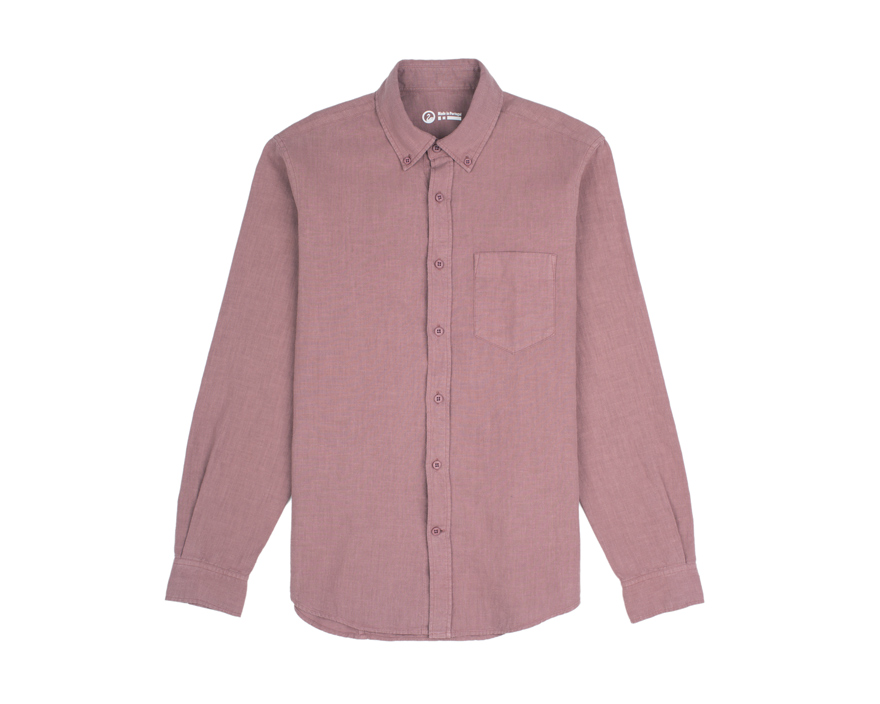 GD Acai
GD Acai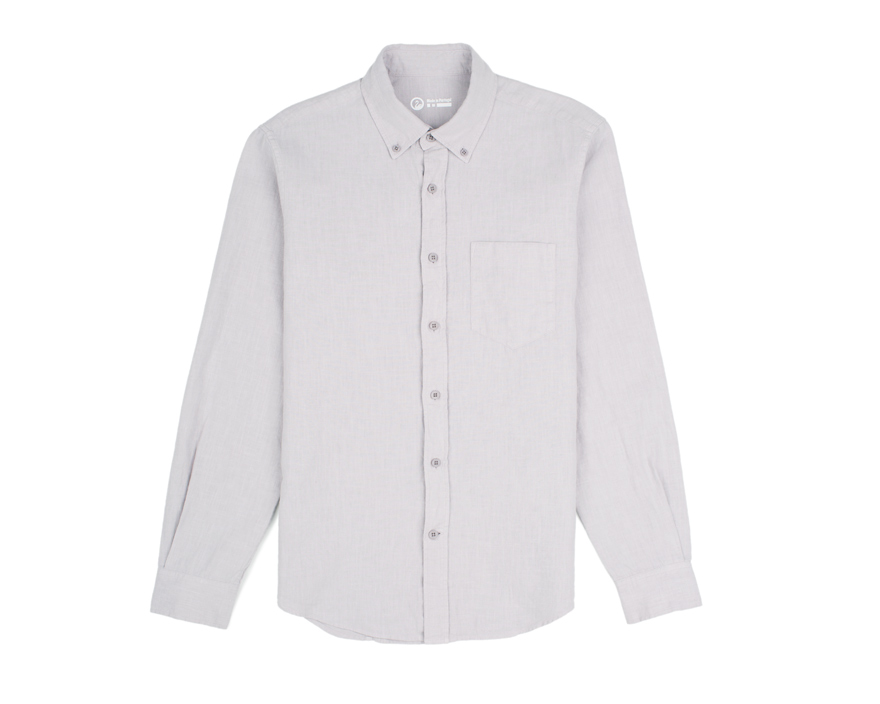 GD Refraction
GD Refraction